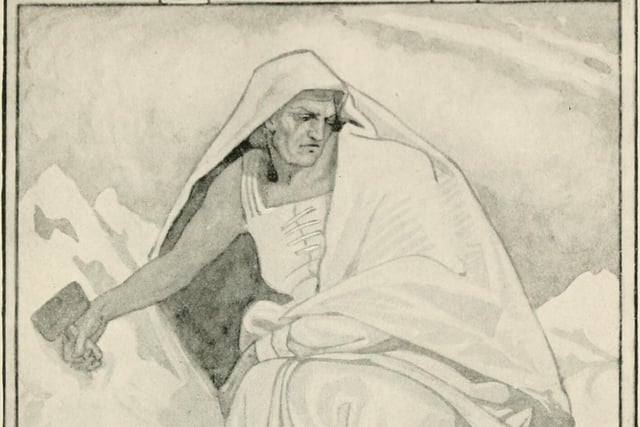Known as ‘Alban Eiler’ (associated with ‘Alba’ for Scotland in Gaelic), the spring equinox or ‘Light of the Earth’ takes place on March 20 and historically it marked a day of rare balance that was a key date for nature and magic for ancient Druids.
This is likely why many superstitions and traditions in Scotland are linked to Spring with some seasonal customs said to predict the health of families, livestock and crops for the year to come. Just as our ancestors celebrated Halloween or the curious history of Christmas in Scotland, during Spring many rituals were carried out for fortune telling or warding off evil spirits.
Here are 9 ancient traditions of Spring in Scotland, some ancient and long-forgotten and others still practised today.

1. Latha Bealltainn (Beltane’s Day)
Beltane is said to refer to the Celtic sun god, Belenus, and ancient Celts would light two bonfires on this day (May 1) as it was said to increase their fertility and encourage their crops to grow. It was said this date was chosen as it marks the midway point between the Vernal (Spring) equinox and summer solstice. Many other traditions on May 1 have been observed in Scotland for centuries, such as young girls who would rise early that day to wash their faces in the May dew as it was said to offer them good luck. Photo: via WikiCommons

2. Vore Tullye (Spring struggle)
A legend from the Orkney Isles, the Vore Tullye was a fierce battle between Teran, the spirit of Winter, and the Sea Mither, the life-giving summer sea. The two had to clash as one season gave way to the next. The battle was said to last for weeks, manifesting in the form of devastating storms and seeing the seas turn into a pit of boiling froth. Ultimately, the Sea Mither would rise victorious and banish Teran to the sea bed until the Autumn Equinox when it would return to reclaim the season. Photo: Martin Scott Laird

3. Saining Straw
Known as a ‘sop seile’ (wisp of straw) in Gaelic, the wisp was used to deposit water drops that came into contact with precious metals like silver or gold from wedding rings around the home. It was said this ritual protected the house and inhabitants from the evil eye. This practice was also observed on horses, harnesses and ploughs before being sent out to the field, heralding good fortune for the agricultural season. Photo: Elena Frolova via Canva Pro

4. Latha na Cailleach
Latha naCailliche, also known as Ladies Day or Day of the Old Woman, falls on March 25. In Scotland, the Caileach is also known as Beira the Queen of Winter, and in folklore she is said to have shaped Scotland’s many mountains and munros. This happened after she roamed the land and accidentally dropped rocks from her wicker basket, but in other cases it is said she did this purposefully to create stepping stones over watery regions. Photo: via WikiCommons
